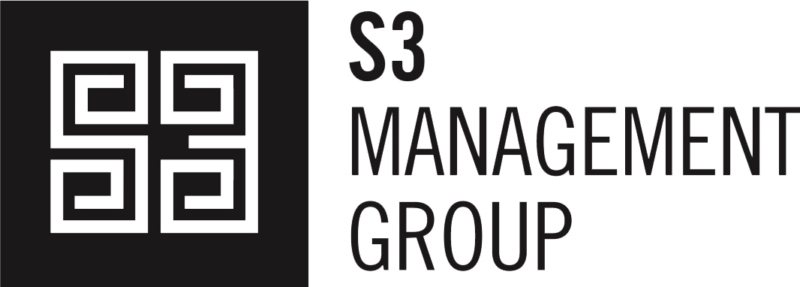Finding employees who are a good fit for your culture – and the job they are applying for – is far from easy. But it is vital. Hiring someone who doesn’t fit and then dealing with the resulting turnover, can cost the company up to 80% of the employee’s salary.
The financial cost is only one aspect because the true impact of poor fit to your company goes much deeper. The real cost can be staggering. Supervisors waste time, training budget, and precious resources trying to help under-performing and under-motivated employees become productive. The morale of team members plummets, the business environment, is negatively affected, and it can take a long time to recover – even after the employee moves on.
For tribes and tribal-owned businesses, establishing FIT is especially critical. Financially, ensuring a good fit is part of good stewardship. Avoiding waste in your business enables you to redeploy funds to initiatives that are more critical for your tribe and your people. Socially, a poor hire affects the community, the family of the employee that didn’t fit with the job, and the reputation of your organization. The risk and high costs of a bad hire are simply too high – and today, much of this can be avoided.
The Old Method of Finding the Right Fit
In the past, organizations relied on a hit-and-miss strategy when it came to finding the right fit. The company would focus on creating a highly accurate job description and then post it to online job websites. This resulted in a large number of applicants who looked good on paper – their resumes and cover letters seemed to indicate a good fit with the position.
Then came the interview. Companies hoped to ask key questions to find out if a candidate really was a great fit, but there was one key flaw. The inability of the hiring manager to distinguish between acting and reality.
The interview is where candidates put their best foot forward. They dress professionally, answer questions with precision, and their body language demonstrates interest and commitment. They’ve practiced and are well prepared for the interview. Unfortunately, sometimes the person who shows up to work on Monday doesn’t resemble the person who interviewed and the process of onboarding, performance management, separation, and rehiring begins.
Organizations used to have to rely on luck, but that’s no longer the case. Science has replaced luck with psychology and strategic analytics.
The Scientific Method of Determining Good Fit
The science of psychology combined with the latest technology advancements and a carefully crafted hiring strategy can help your organization obtain the best candidates. In fact, the combination of all three can be an accurate predictor of success and fit early in the recruitment process.
Through a technique called psychometric testing, you can measure a candidate’s personality characteristics and aptitude to ensure that they are a good fit for both the job opening and your company culture. While candidates can still prepare for the aptitude sections of the testing, doing so actually makes them a better candidate because they’re practicing reasoning in the same way you need them to think when they come to work for you. With predictive psychometric testing, you can discover a person’s innate abilities, strengths, interests, and personality. You can ensure that not only would a candidate fit your culture, but he or she would actually want and enjoy the job being applied for. When you find that candidate, you have found a true FIT.
The Optimal Recruiting Process for a Great Fit
Working psychometric testing into your recruiting process isn’t hard. In an optimal recruiting process designed for great fit, you can follow these steps:
- Create a solid job description. Knowing exactly what you want and need is the foundation to successful recruitment. In the past, you hoped candidates would measure up. With this new process, you’ll
- Create a baseline FIT test using current all-stars. You already know who the best employees are in your organization – those who exemplify the attitude, personality, and work ethic you desire. Use those all-stars to set your baseline FIT results, so you know what test results to look for in future candidates.
- Pre–screen with psychometric testing. Here’s the best part! You don’t have to use precious time on candidates who don’t show a good FIT. Instead, include the psychometric testing as part of your pre-screening process. For those who have a great resume and qualifications, you can direct them to an online testing system which can be linked to your recruitment website or applicant tracking system.
- Only interview candidates with great FIT. Once you’ve found candidates that do well in the pre-screening testing, you can bring them in for an interview. With this process, it’s not a “cold” interview because you’ve already gotten to know them through their test results. The interview can address the applicant’s experience, skills, and the unique attributes that were identified through screening. You also get a chance to ensure that the person you meet is the person who you expected based on the testing.
With this new process, your recruitment is no longer a guessing game. By applying industry best practices and the science of personality and aptitude testing, you’ll ensure that only the FIT survive.
No tribe or tribal-owned business should tolerate a hit-or-miss hiring process. To learn more and ensure all of your candidates are a perfect FIT, contact S3 Management Group today. We would love to help.

